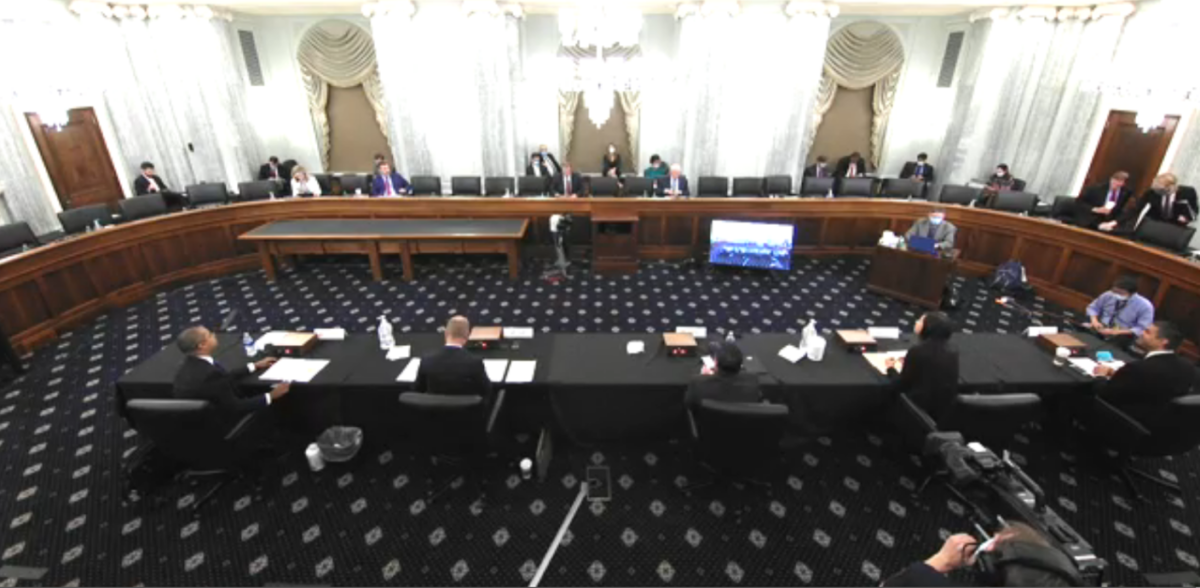Rural Digital Opportunity Funds Should be Decreased Until FCC Gets Mapping Right, Says Commissioner Jessica Rosenworcel
June 24, 2020 — The Federal Communications Commission should decrease the amount of money distributed through the Rural Digital Opportunity Fund, said Commissioner Jessica Rosenworcel in a Senate hearing on Wednesday. The sometimes-confrontational meeting saw members of the Committee on Commerce, Sc











Member discussion